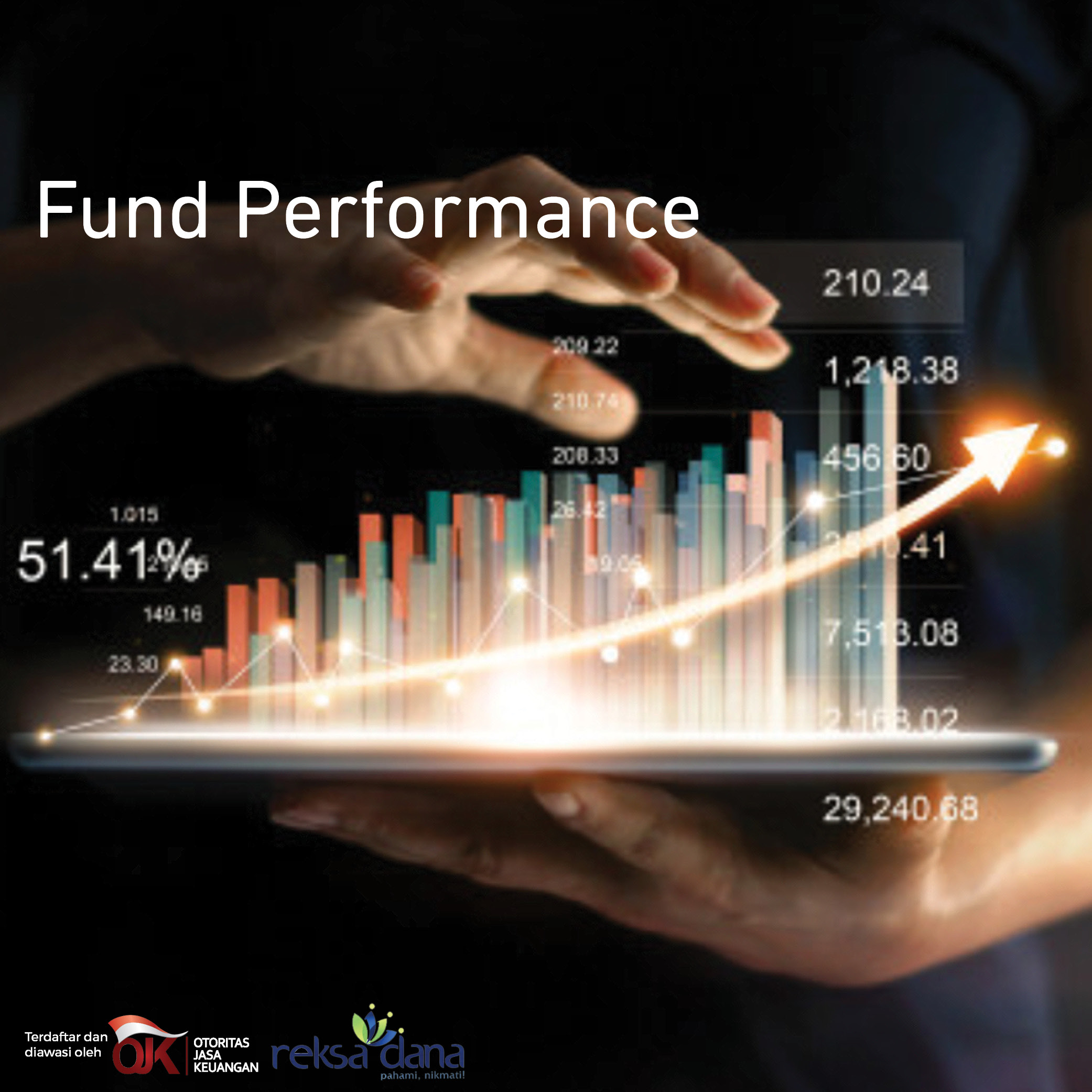ECONOMIC UPDATE – Inflation
Take a breath after the high season
February inflation in line with our estimate
BPS reported that February inflation was at 0.17% MoM (3.18% YoY), below Bloomberg consensus but still in line with our estimates (see table on the left). Processed foods and beverages sector was the main driver of February inflation as its price hiked up 0.43% MoM (4.11% YoY). Core inflation eased to 0.26% MoM (2.58% MoM). February inflation figure brought YTD inflation at 0.79%.
Less inflationary pressure from food
According to BPS, food inflation was trending down to 0.13% MoM (3.40% YoY) as New Year high season has ended. However, this is the first time since 2014 that food price experienced inflation (in monthly basis) in February (see exhibit 1). Rice and garlic still became the main driver of food price inflation in February as bad weather emerged in 4Q17 and disturbed the supply of those goods until previous month. We believe that inflationary pressure from this sector will end in March. Government had initiated rice import for 500,000 tons to fill the supply gap of rice. Furthermore, Indonesia will have the main harvest season starting March which we believe will drag down food price starting 3rd week of March. We see that food sector will have deflation in both March and April before hike up again in May as Lebaran season approaching.
Limited effect from two times non-subsidized fuel increase
Following the uptrend of oil price, Pertamina increased its non-subsidized fuel even until 2 times for several products. In the end of January, Pertamina had raised Pertalite (Ron 90) price by 1.3% to Rp7,600/liter and Pertamax (Ron 92) price by 2.3% to Rp8,600/liter. Starting February 24, Pertamina raised Pertamax price again by 3.5% to Rp8,900/liter, together with other products like Pertamax Plus (Ron 94), Pertamax Turbo (ron 98), Pertamina Dex, etc. However, the effect of those non-subsidized fuel products increases in both January and February was still limited as BPS reported fuel, electricity and water sector only experienced 0.03% MoM inflation in February. We see this limited effect due to stable subsidized fuel price (premium and solar) and also a slight increase of Pertalite price which is widely used by people. We see that government is committed to maintain subsidized fuel and electricity price at current level in order to face election year in 2019. Furthermore, the uptrend of oil price is seemed limited in the rest of 2018 as US oil production experienced a significant increase (see exhibit 2).
Expect core inflation to pick up in following months
In February, the core inflation stayed weak at 2.58% YoY (0.26% MoM), indicating the domestic demand remained sluggish. However, current manufacturing PMI data showed that domestic demand started to pick up in February. IHS Markit announced that manufacturing PMI increased from 49.9 in January to 51.4 in February. The main driver is increasing domestic demand and total new orders and output both rising for the first time since last November. Better performance of manufacture stimulated positive job growth for the first time in nearly one-half year. We expect better domestic demand will push core inflation up in the rest of 2018 to approach our core inflation target at 3.3% YoY.
Non O&G Large Wholesale Price Index slightly increase at 0.25% MoM
February’s Large Wholesale Price Index (LWPI) for non Oil and Gas increased by 0.25% MoM. Mining/quarrying product price became the main driver of growth as it recorded 0.64% MoM inflation in February due to high commodities price, especially oil and coal. Industry sector also recorded 0.38% MoM inflation. Export price increased by 0.33% MoM and import price declined by -0.03% MoM.
Maintain our view of 3.5% YoY inflation in 2018
We maintain our view of 3.5% inflation rate in 2018. There is no need for central bank to change the monetary policy stance since the inflation was still within target. However, Bank Indonesia may start to pay more attention to Rupiah which experienced deep depreciation after Fed new chairman speech. Nevertheless, we see that the Rupiah volatility is only the short term one and will end in March as FOMC will give the clear policy projection.
















